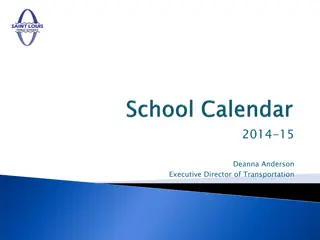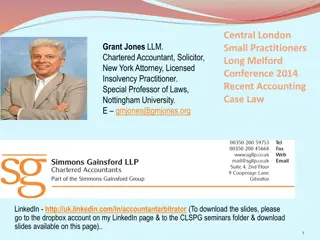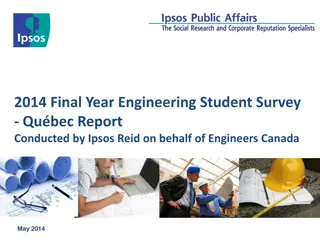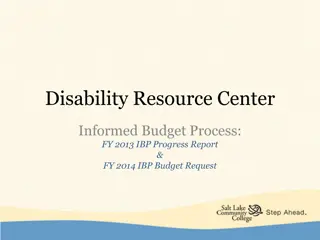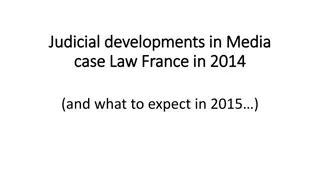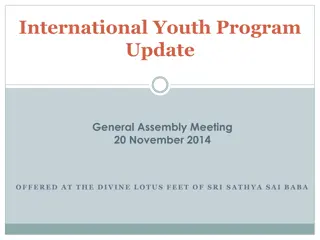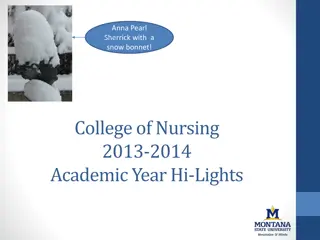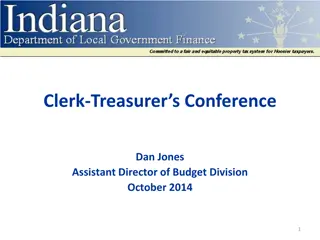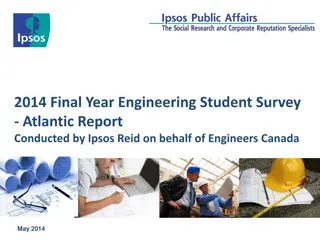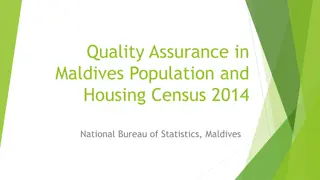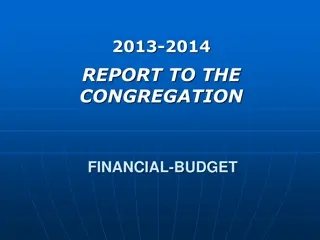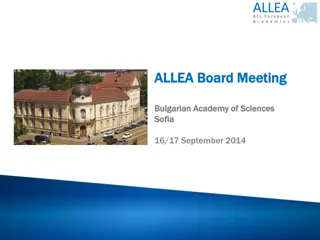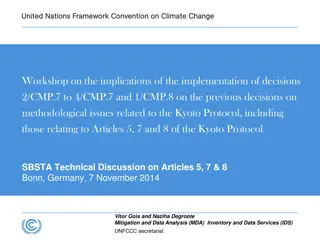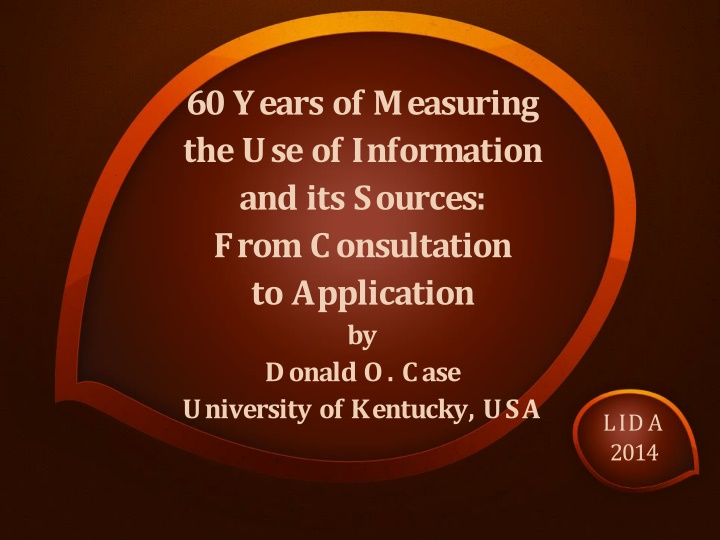
Insights into Measuring Information Use and Its Evolution Over 60 Years
Discover a retrospective analysis spanning 60 years on the use of information, from early collections to modern outcomes-based studies. Explore the eras of collections, documents, and chunks, and understand the importance of observing use and outcomes in different periods.
Download Presentation

Please find below an Image/Link to download the presentation.
The content on the website is provided AS IS for your information and personal use only. It may not be sold, licensed, or shared on other websites without obtaining consent from the author. If you encounter any issues during the download, it is possible that the publisher has removed the file from their server.
You are allowed to download the files provided on this website for personal or commercial use, subject to the condition that they are used lawfully. All files are the property of their respective owners.
The content on the website is provided AS IS for your information and personal use only. It may not be sold, licensed, or shared on other websites without obtaining consent from the author.
E N D
Presentation Transcript
60 Years of Measuring the Use of Information and its Sources: From Consultation to Application by Donald O. Case University of Kentucky, USA LIDA 2014
3 Eras of User Studies Observing Outcomes Trends in Studying Use Why Outcomes Matter History of Observing Use, Effects and Outcomes
The Collection The Document The Chunk The 3 Eras Case LIDA
Identifying Origins: Some General Comments Three Eras
1836-1935: Collections 1936-1958: Documents 1959-Now: Chunks The 3 Eras Case LIDA
The Era of Collections Long Essential to Library Management & Assessment Breakdown of Collection Use Collection/Services as Focus
The Era of Documents What Book/Magazine/ Paper do Users Prefer, & Why? Rare: What Happens as a Result? Outcomes of Exposure Shift to Qualitative Methods
The Era of Chunks Units of Information Smaller than a Document, e.g., an Answer More Emphasis on Outcomes, e.g., Awareness or Tasks Scientists, Engineers, Managers
What is Use? An Ambiguous Word Use and Outcomes
What is Use? An Ambiguous Word Limited Observations Use and Outcomes
What is Use? An Ambiguous Word Limited Observations Effects or Applications Rarely Measured in Past Use and Outcomes
What is Use? An Ambiguous Word Limited Observations Effects or Application Rarely Measured in Past But More Common Now Use and Outcomes
QUANTITATIVE MEASURES, e.g., Yes-No Responses to Items like I learned something new or I was reassured. Scalar Responses to Statements like I tried to relate what I read to my own experience. QUALITATIVE QUOTATIONS, e.g., What she told me made me feel better. RESEARCHER SUMMARIES, e.g., The student s essay showed how she had paraphrased the material she read. What We Looked For
Years of Samples Number of Number of Studies % Observed Outcomes Full Articles 1950 - 1952 124 16 0 1964 - 1966 146 43 0 1979 - 1981 214 139 0 1995 - 1997 338 218 6.9 Study Results 2011 - 2012 569 499 8.2
Need Seeking Finding Use Potential Explanations
THEN: Need Seeking Finding Use NOW: Need Seeking Finding Use Outcome Potential Explanations
Observing Outcomes is Difficult Qualitative Methods are Better-Suited They were Not Popular Until the 1980s Potential Explanations
Another Potential Explanation: Pressure from External Environment Parent/Funding Agencies of Libraries Want Better Results and J ustifications Potential Explanations
Pressure from External Environment Parent/Funding Agencies of Libraries Want Better Results and J ustifications LIS Scholars Face Similar Pressure, Plus Competition from Other Disciplines Potential Explanations
Conclusions Assessing Outcomes is Important May Require In-Depth Methods Quantitative Measures Also Useful Yet Such Measures also have Limits Final Point
Thank You for Listening! Hvala! Coffee, Anyone?


